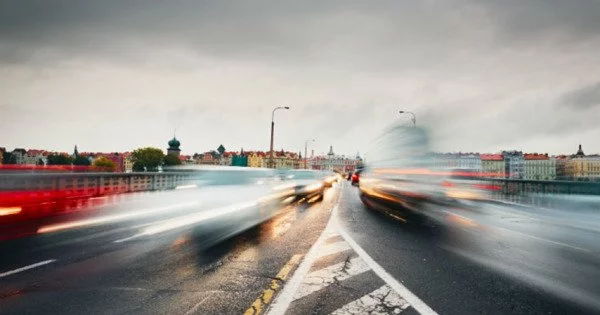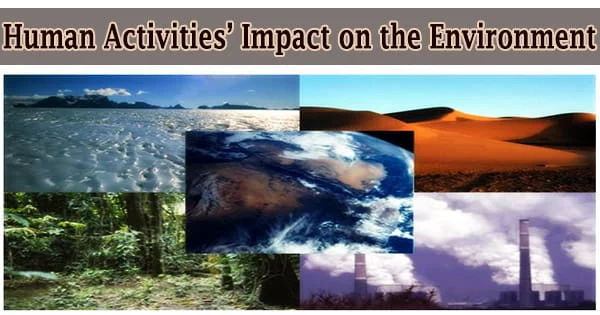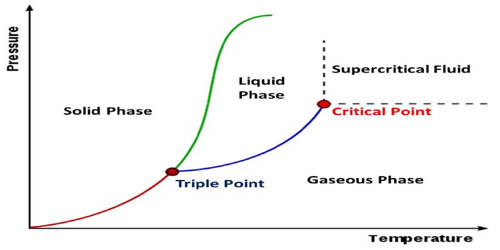The sound produced by vehicles on roads, highways, and other modes of transportation is referred to as traffic noise. It is a type of environmental noise pollution that can have a variety of negative consequences for human health and well-being. It is a common type of environmental noise that can be caused by a variety of factors such as engine noise, tyre friction and vehicle horns. The intensity, frequency, and duration of traffic noise are typical characteristics.
Excessive traffic noise can be harmful to one’s health and well-being. Prolonged exposure to loud traffic noise can cause stress, sleep disturbances, high blood pressure, and cardiovascular problems. It can also lead to irritability, difficulty concentrating, and decreased productivity.
Causes of Traffic Noise:
- Vehicles: The primary source of traffic noise is the engines and exhaust systems of cars, trucks, motorcycles, buses, and other vehicles.
- Roadway Design: Factors such as road surface type, construction materials, and design features can contribute to noise levels. For example, rough pavement surfaces tend to generate more noise than smooth surfaces.
- Traffic Volume: The number of vehicles passing through an area affects the overall noise level. Higher traffic volumes result in increased noise.
Effects of Traffic Noise:
- Health Effects: Prolonged exposure to traffic noise can cause stress, sleep disruptions, hypertension, cardiovascular disease, and cognitive impairment. It may also increase the likelihood of accidents and mental health problems.
- Sleep Disturbances: Nighttime traffic noise can disrupt sleep patterns, resulting in fatigue, decreased productivity, and decreased overall well-being.
- Communication Interference: High levels of traffic noise can make conversation difficult, especially in outdoor settings or near busy roads.
- Reduced Quality of Life: Excessive traffic noise can degrade residential livability, reducing residents’ enjoyment of outdoor spaces and overall quality of life.
Mitigation of Traffic Noise:
- Urban Planning: Proper urban planning and zoning can help separate residential areas from major roadways and industrial zones, reducing exposure to traffic noise.
- Noise Barriers: Constructing physical barriers, such as walls or earth berms, between noise sources and residential areas can help reduce the impact of traffic noise.
- Traffic Management: Implementing traffic management strategies such as speed limits and traffic calming measures can help to reduce overall noise levels.
- Building Design: Noise-reducing features in building design, such as double-glazed windows, insulation, and soundproofing materials, can aid in reducing traffic noise indoors.
- Public Awareness: Educating the public about the impact of traffic noise and promoting noise-reduction measures can help with long-term mitigation efforts.
















